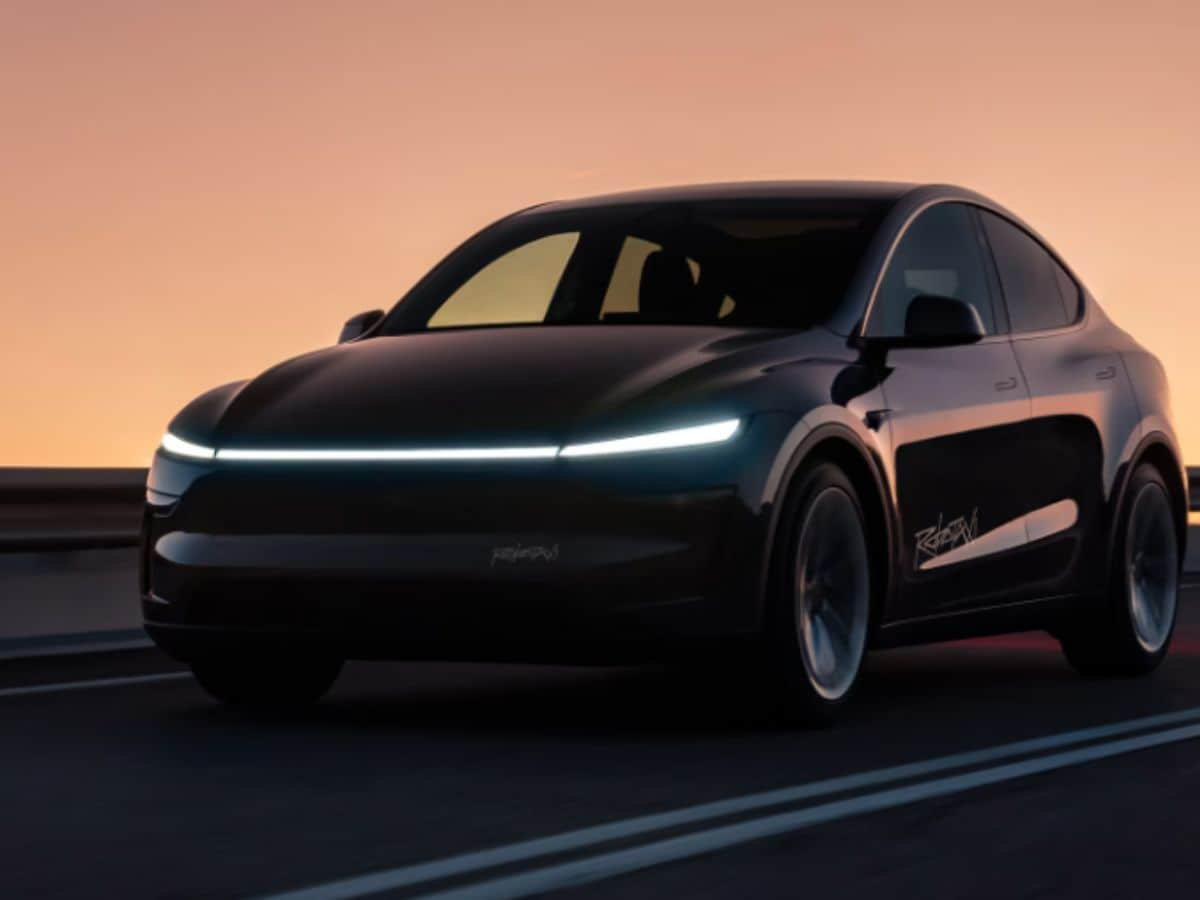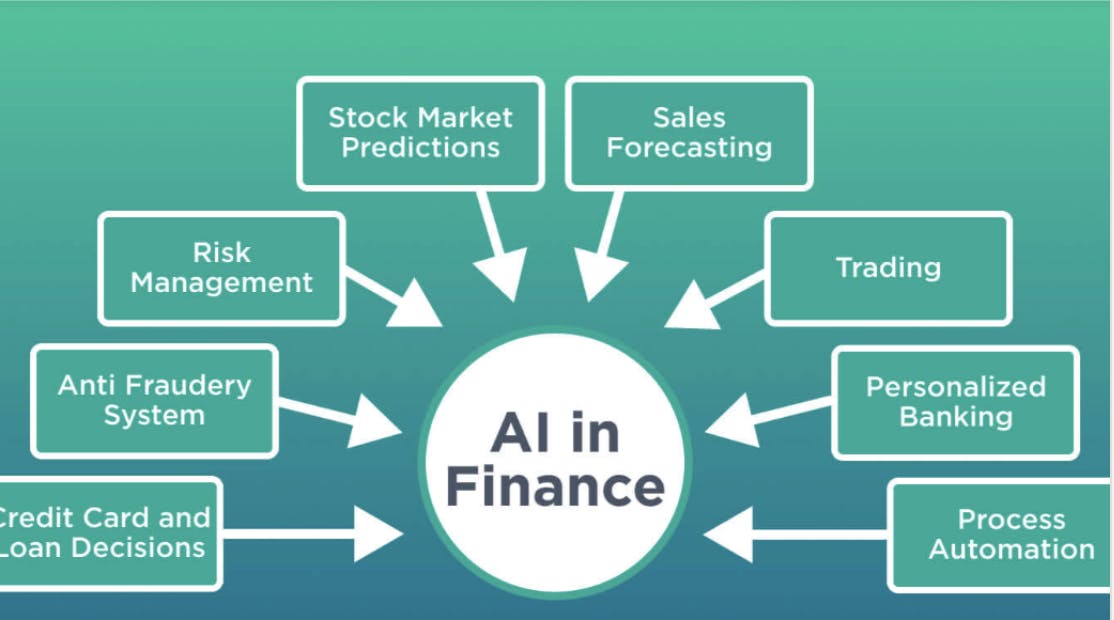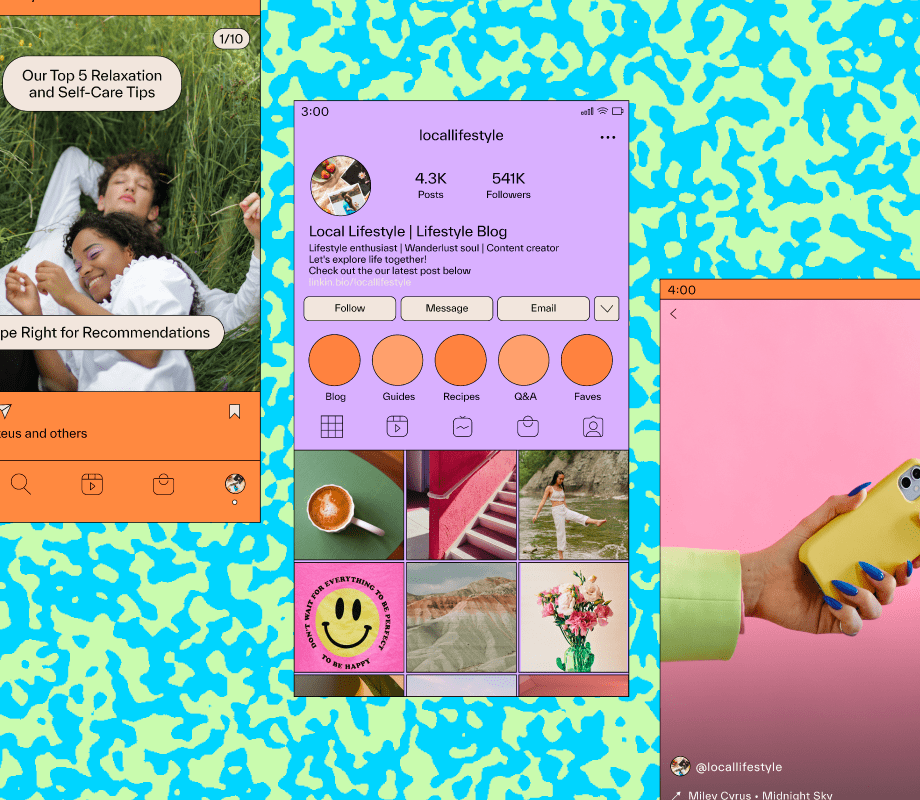Tesla has officially launched its long-awaited Robotaxi service in Austin, Texas. Over the weekend, around 10 specially-equipped Model Y vehicles started picking up real passengers in select areas of the city. As per the information shared by Elon Musk on his platform X (formerly Twitter), each ride is priced at a flat rate of $4.20.
As soon as it launched, the Tesla Robotaxi quickly gained attention as social media influencers posted videos of their rides while riding it for the first time. It must be noted that the early trials of the Tesla robotaxi is running along with a safety monitor who sits in the front passenger seat, just in case!
Users Shared Experiences On X
Several influencers were among the first to try out the service. DJ Seo, for example, posted a clip showing the Robotaxi safely navigating a narrow street with construction. Other users noted that the ride quality was smooth, even at night. “It was smooth, comfortable and just as good as during the daytime,” wrote Sawyer Merritt on X. “Performance at night is as great as during the day,” said another user, Zack.
These first-hand accounts suggest that Tesla’s autonomous driving system is doing a decent job in controlled environments, but it’s not running without human backup yet.
What Exactly Is A Robotaxi?
As the name suggests, a robotaxi is a self-driving car that can transport passengers without a human driver. Tesla’s version uses its Full Self-Driving (Supervised) software and advanced onboard AI chips. However, while the car appears driverless, it’s not entirely independent. So far!
To make it work, Tesla is using a system called teleoperation. It means that trained humans can monitor and take over the car remotely if needed. These operators watch the cars from afar and can step in during tricky situations, such as navigating through unexpected roadblocks or confused pedestrian zones. Similar systems are already used by companies like Waymo and Baidu.
But there are some challenges! Teleoperation sounds futuristic, but experts warn it’s not perfect. The biggest concern? It depends on stable cellular connections. If the signal drops at the wrong moment, the car may be left in a difficult situation. Even Musk admitted they are being “super paranoid about safety,” and that robotaxis will only operate in safer parts of Austin for now.
Get latest Tech and Auto news from Techlusive on our WhatsApp Channel, Facebook, X (Twitter), Instagram and YouTube.












